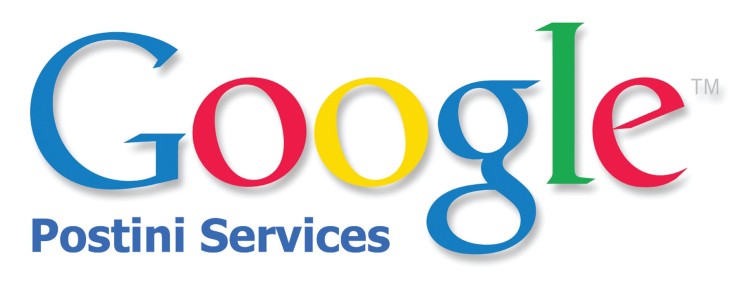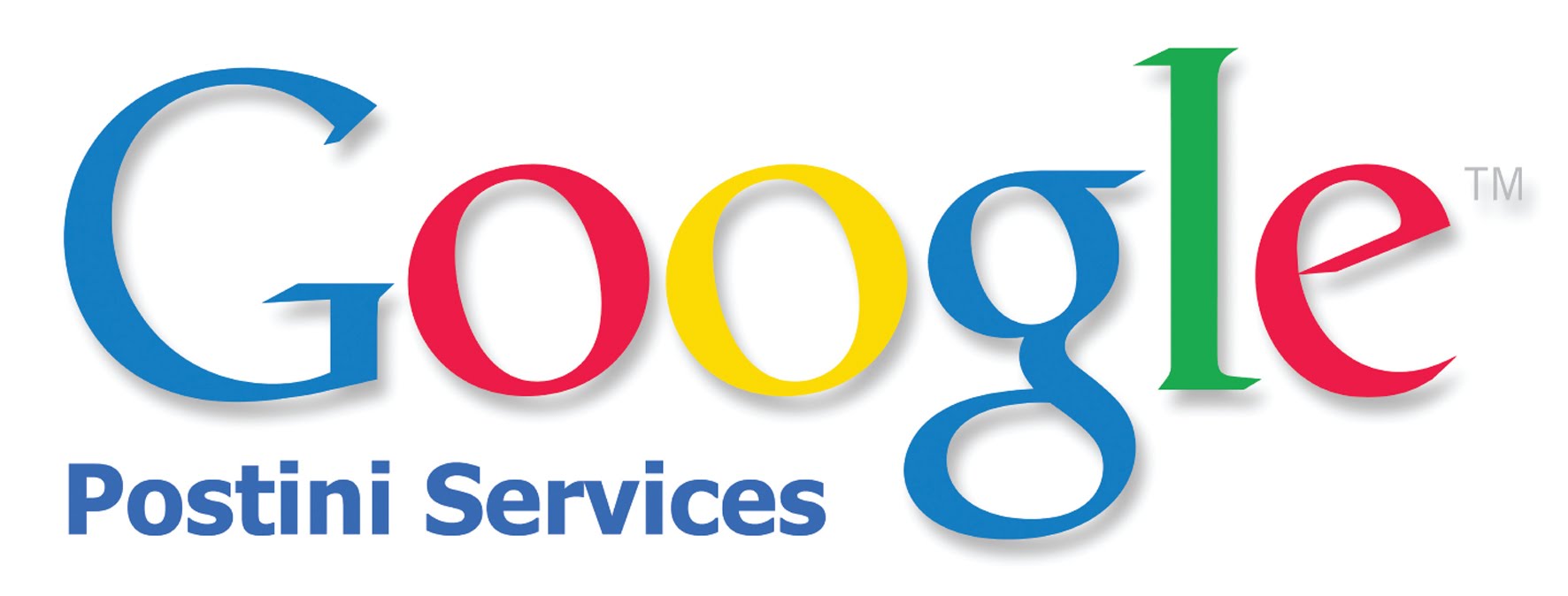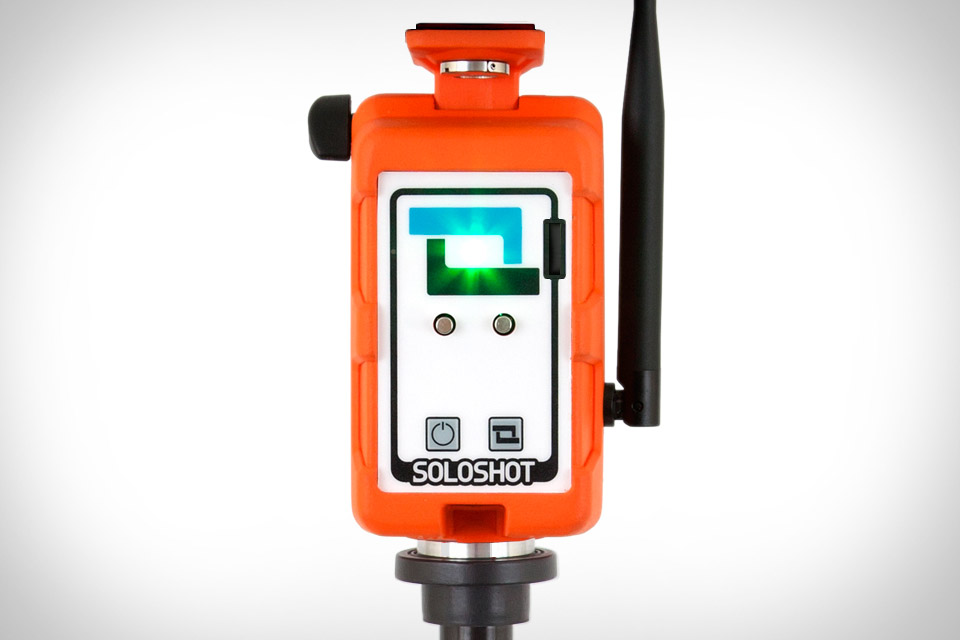
The following article is brought to you by Mimecast. -Ed.
Internet giant Google announced last year that it was shutting down Postini, the email and web archiving and security facility it has owned since 2007, when it was bought for $625mn. These cloud computing services, which filter email spam and malware before it reaches a client’s mail server, also offer optional email archiving.
The internet giant says the process of moving away from Postini will take place throughout 2013, with customers receiving further information about the transition process with a minimum of 60 days’ notice ahead of their migration being scheduled to start.
The announcement, made last summer, has sparked confusion and a number of concerns among Google Postini’s 26 million users, and given rise to some inaccurate myths.
The first of these is that the service is being entirely migrated to Google Apps, which features shared web applications including Gmail, Google Calendar, Google Groups, among others, and the Google Apps Marketplace.
It’s true that customers who wish to carry on getting their email security from Google will need to migrate to Google Apps and its integrated email filtering service. However, this has some functional limitations in comparison with Google Postini.
While the search engine claims that a number of the features which are missing are ‘in their roadmap’, other key elements, including administrative access to end user quarantine, advanced reporting and per user spam settings, have gone.
Another myth is that Postini users who run their own email servers, such as Microsoft Exchange, will be forcibly migrated to Gmail.
In fact, Google Apps supports non-Gmail mail servers such as Microsoft Exchange, and you can continue to use existing email servers.
However, you need to appreciate one key technical limitation. Postini’s email security service operated in what is dubbed ‘fail-safe proxy mode’ in which a sent email was not written to disk. This enhanced data integrity and improved performance.
But Google Apps replaces this architecture with a store-and-forward feature that, interestingly, Google Postini initially criticised in its own white paper, Postini Architecture Overview.
A third common concern is that migrating to Google Apps from the Postini service will be a laborious manual process.
While you should anticipate a number of manual configuration tasks, there are some automated tools to help with the process. But Google’s client support offered by phone has previously been quite limited. Bear this in mind when undertaking a significant migration process.
In short, those who use Google Postini will need to switch to a different security service for their email, and decide whether to migrate to Google Apps or another provider.
Google Apps may be sufficient if you are prepared to accept its reduced email filtering functionality, and if you want a platform including Gmail, Calendar and Drive.
But if you prefer to stay with your existing email service, Microsoft Exchange for example, the time may have come to assess other electronic mail security options.
Mimecast has a strong track record in migrating clients from Google Postini, and its process is aimed at being straightforward and stress-free. The company also prides itself on the quality of its ongoing support and its email security service, placing tools and improved functionality at the disposal of administrators and end-users.





